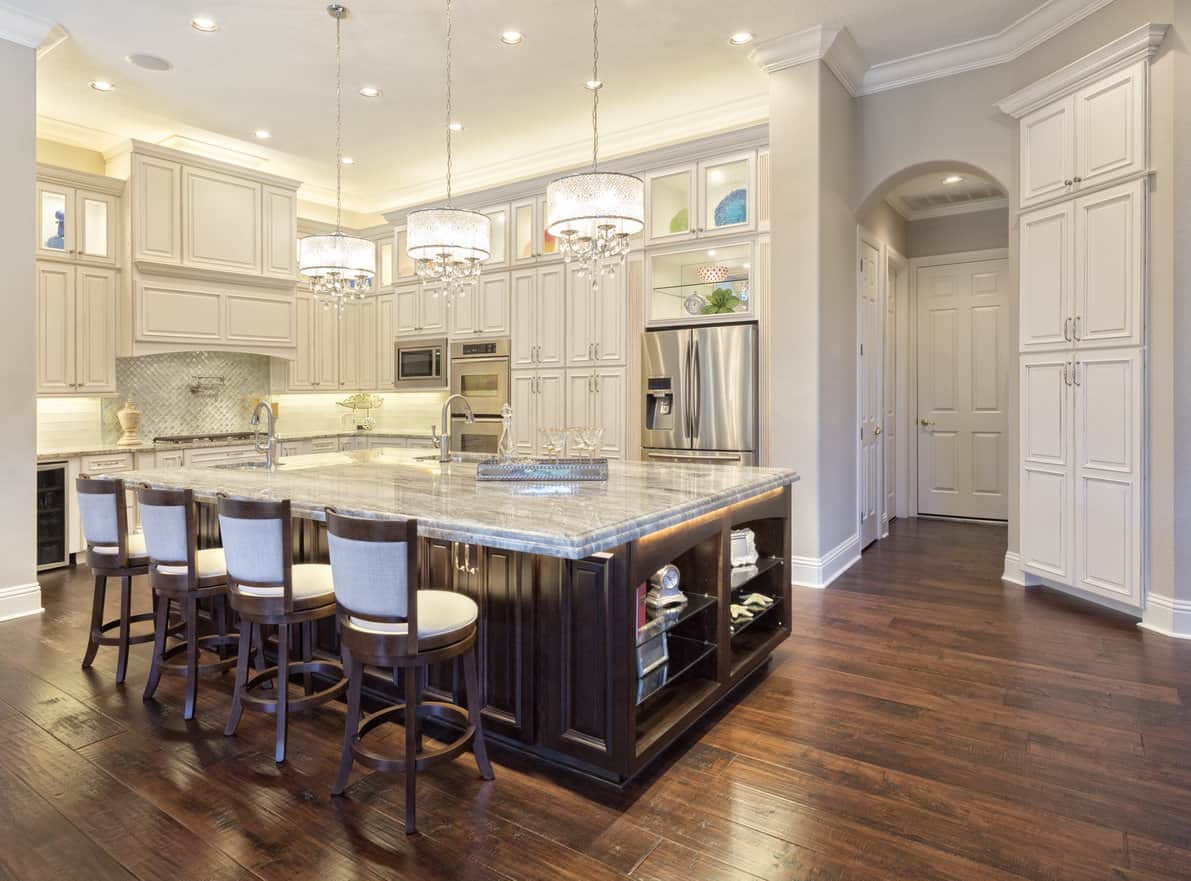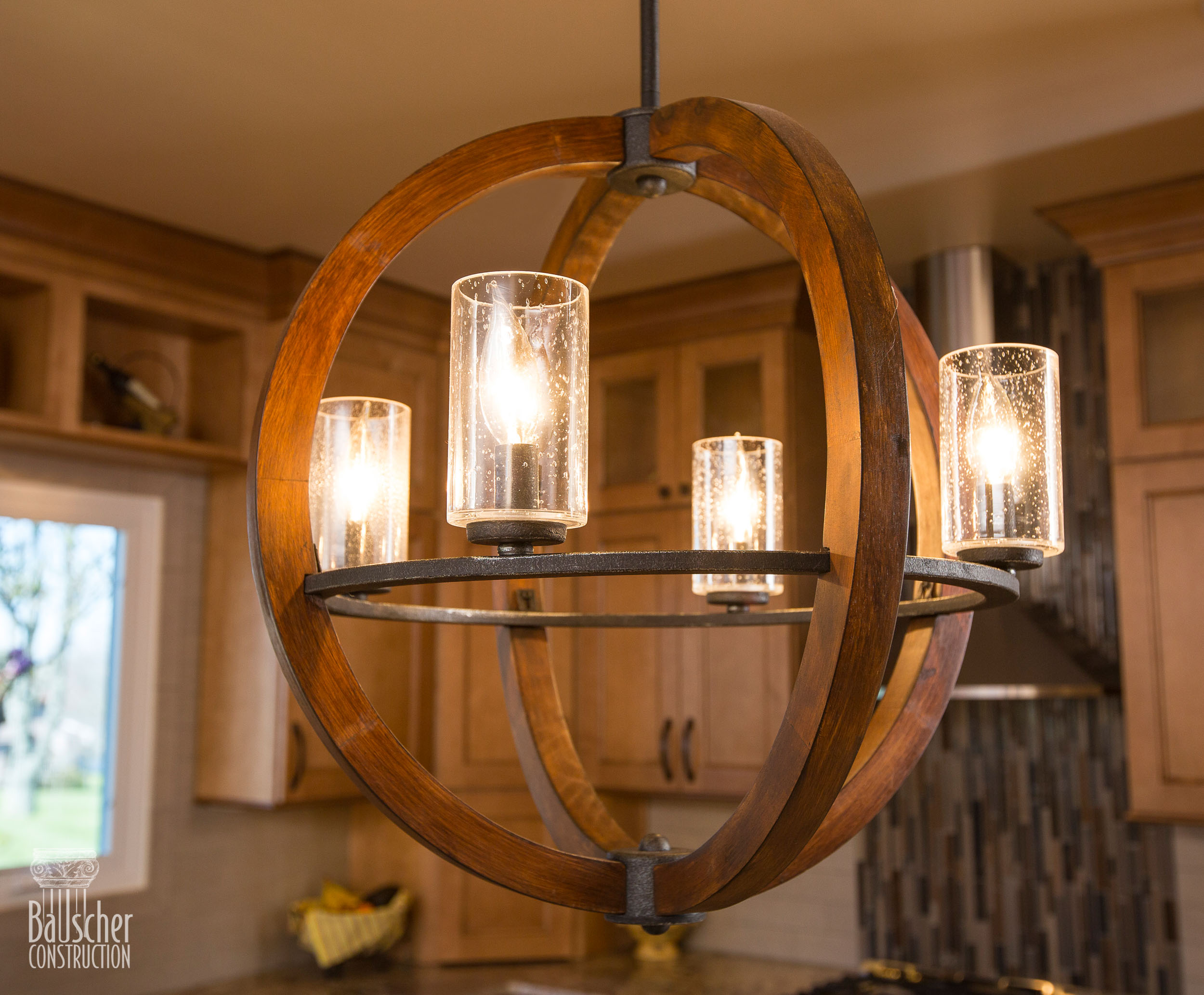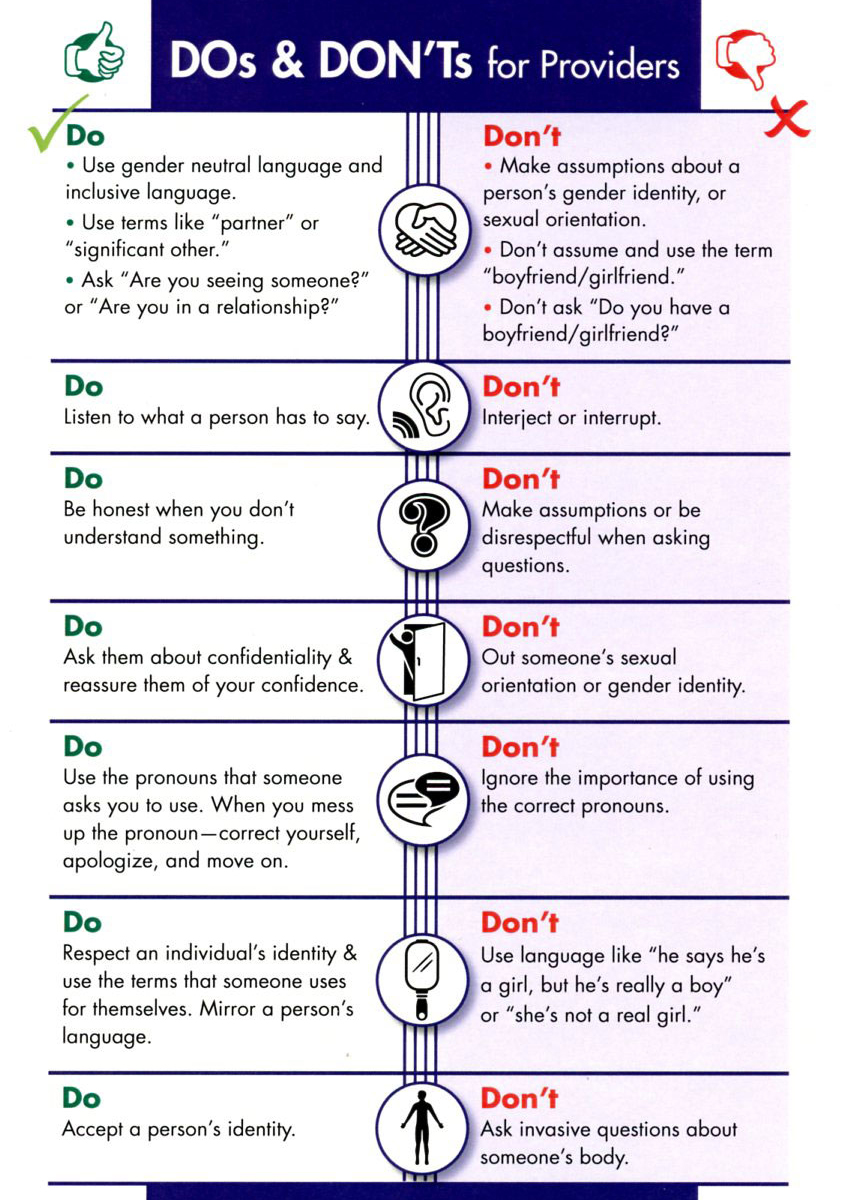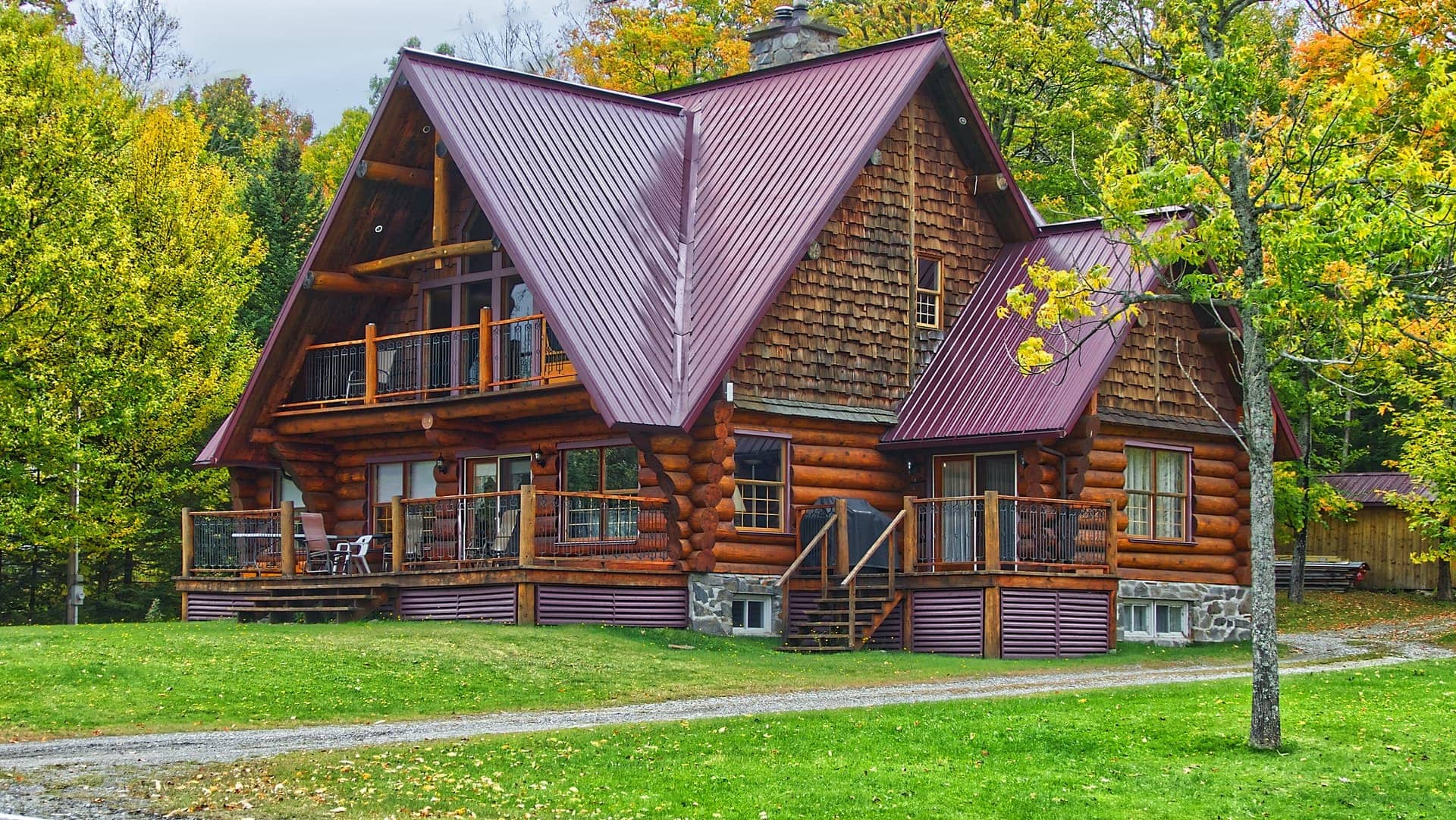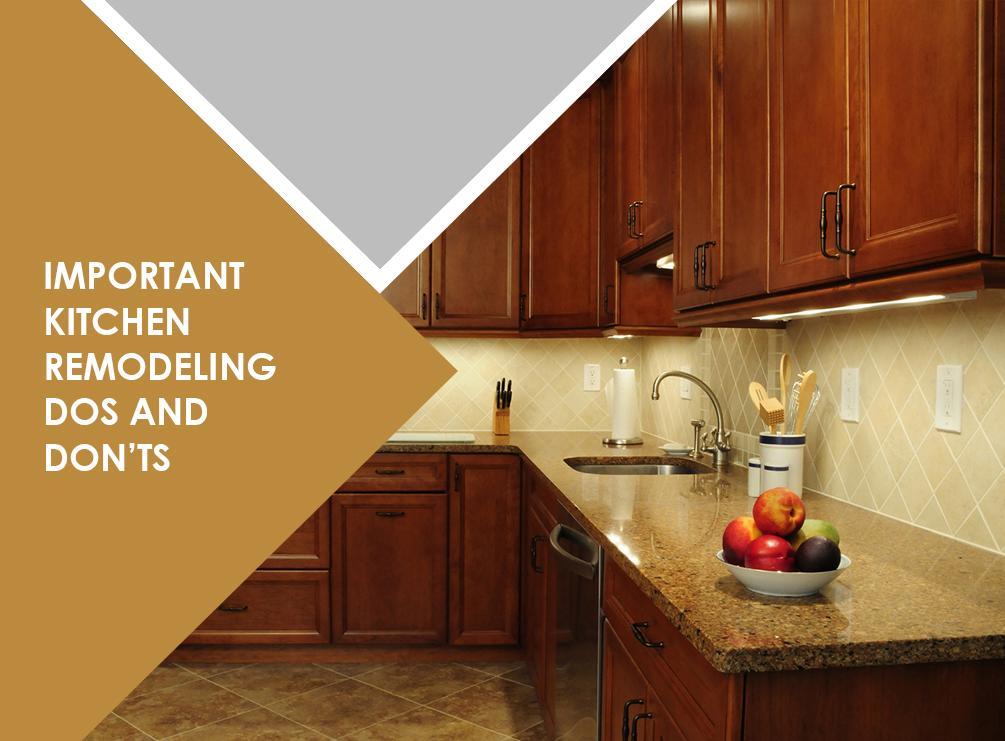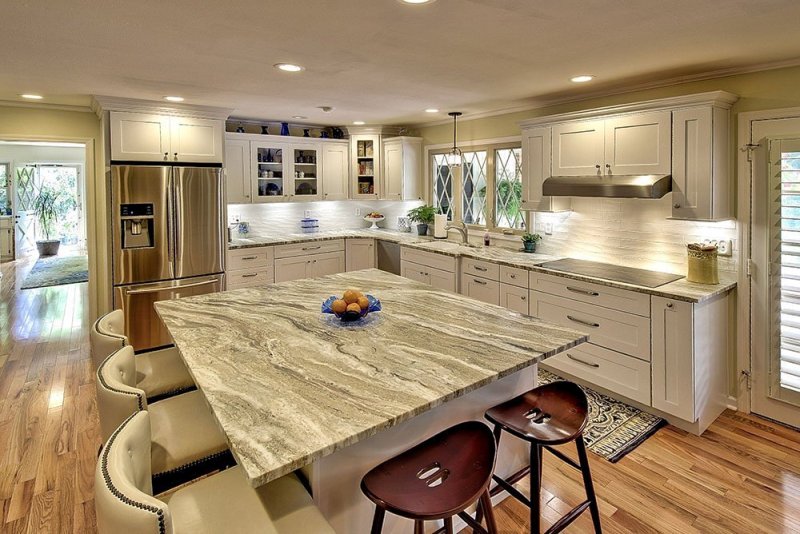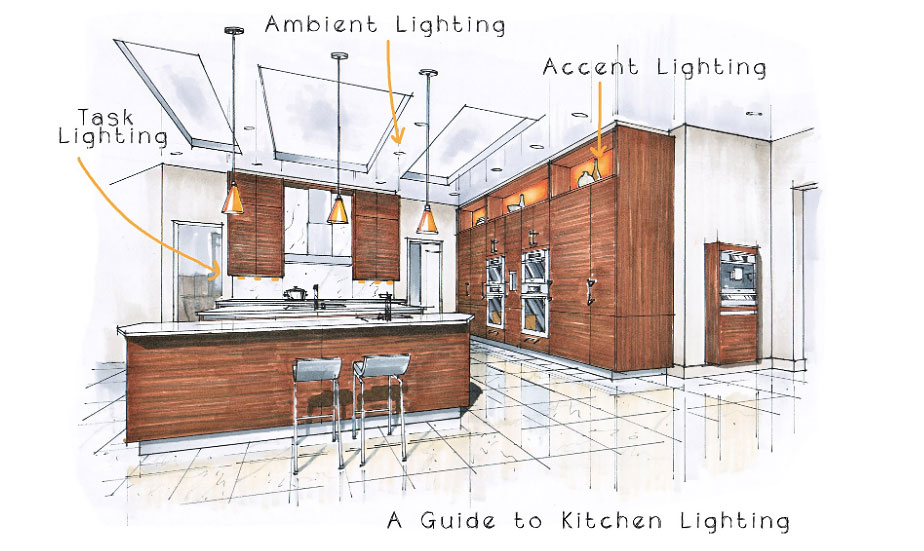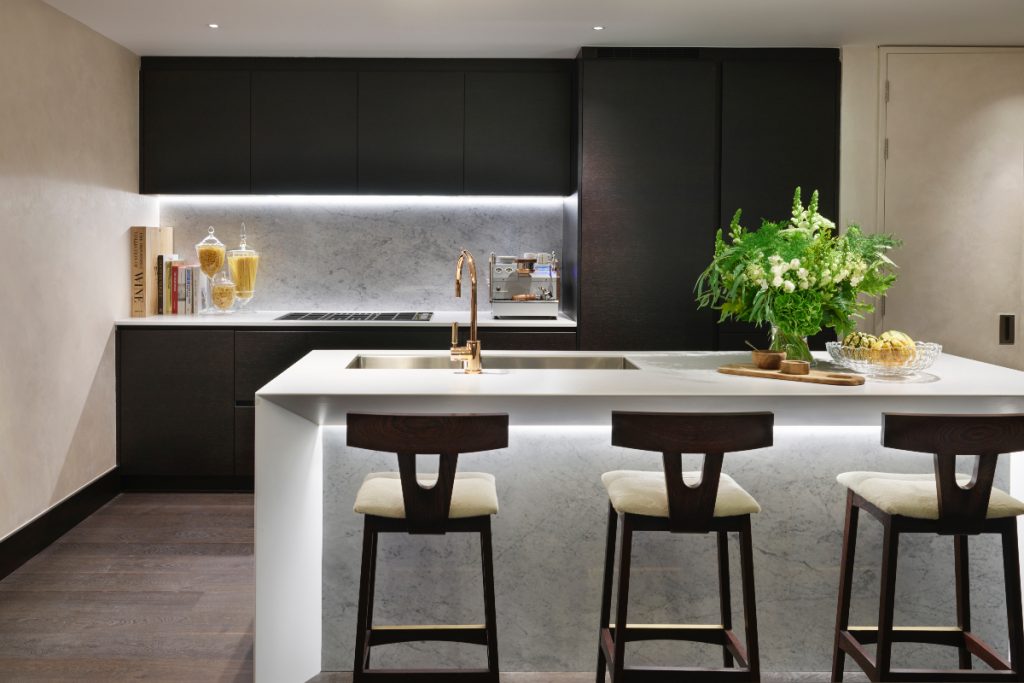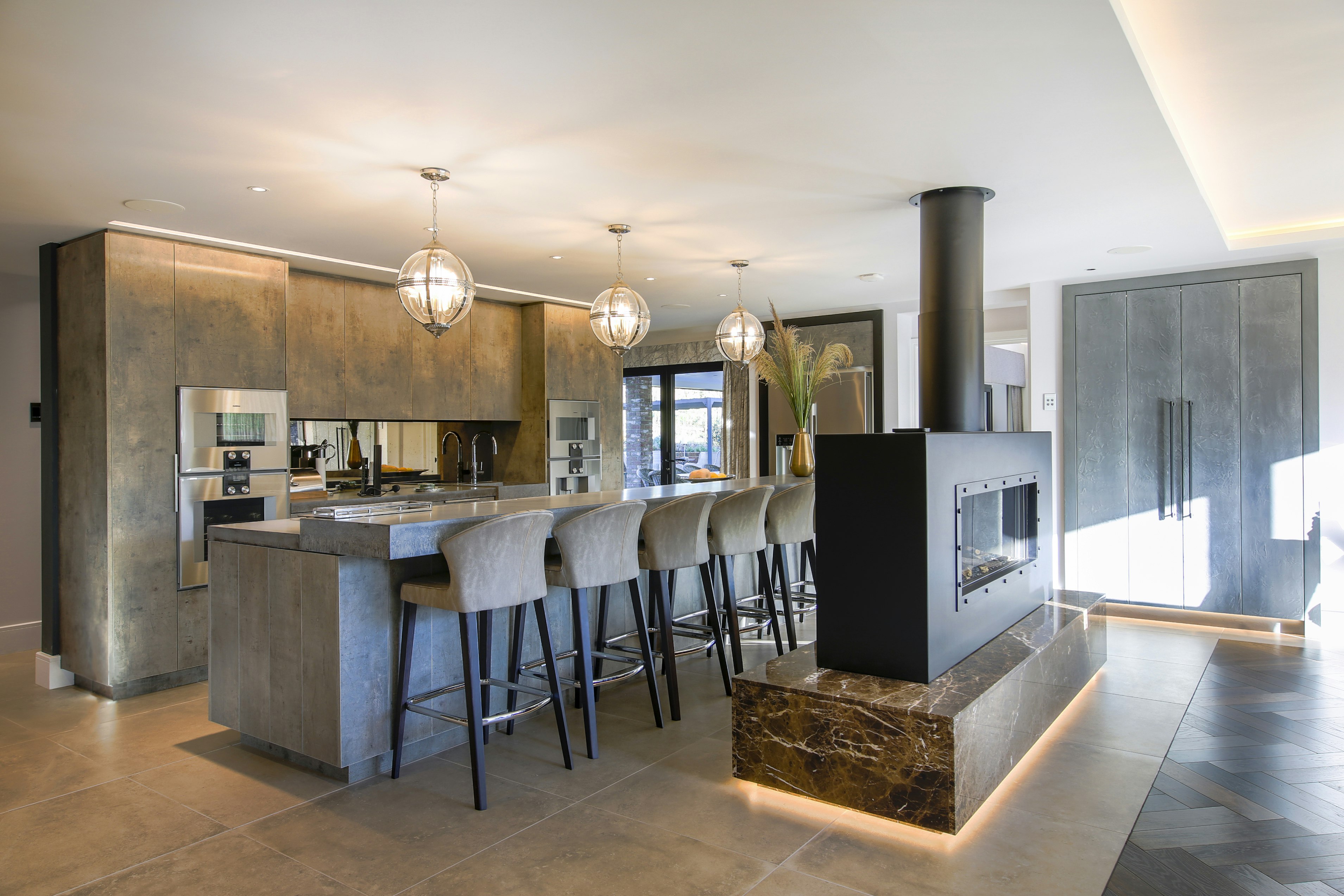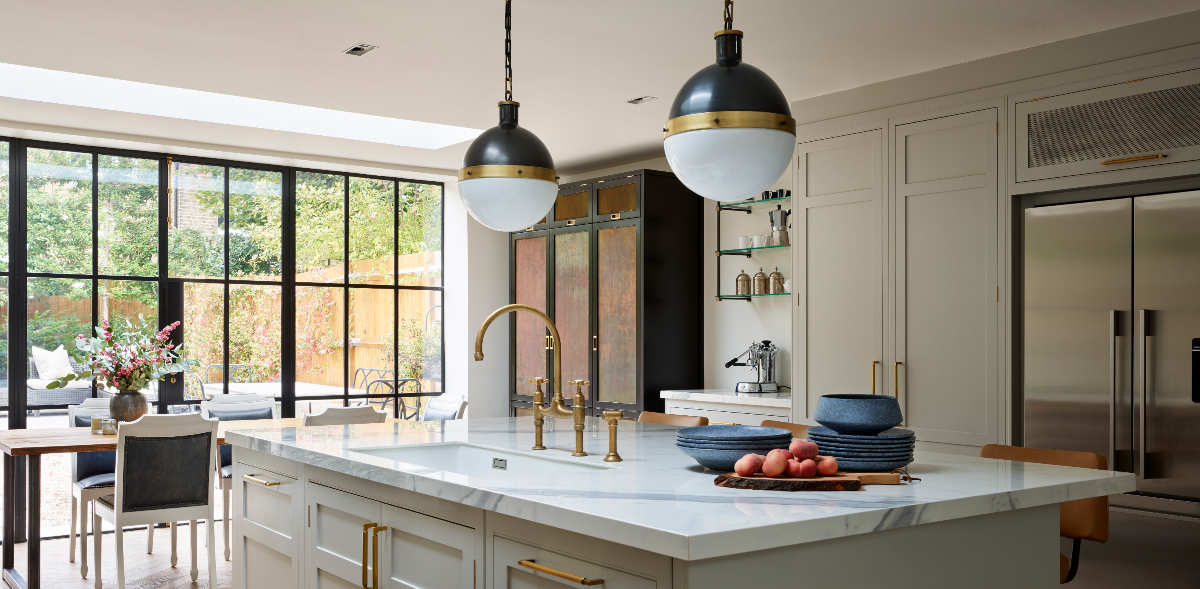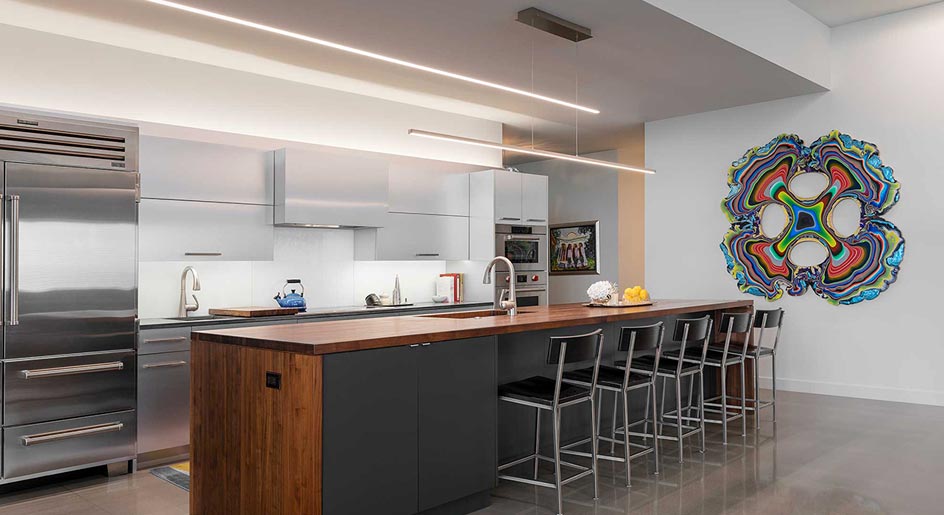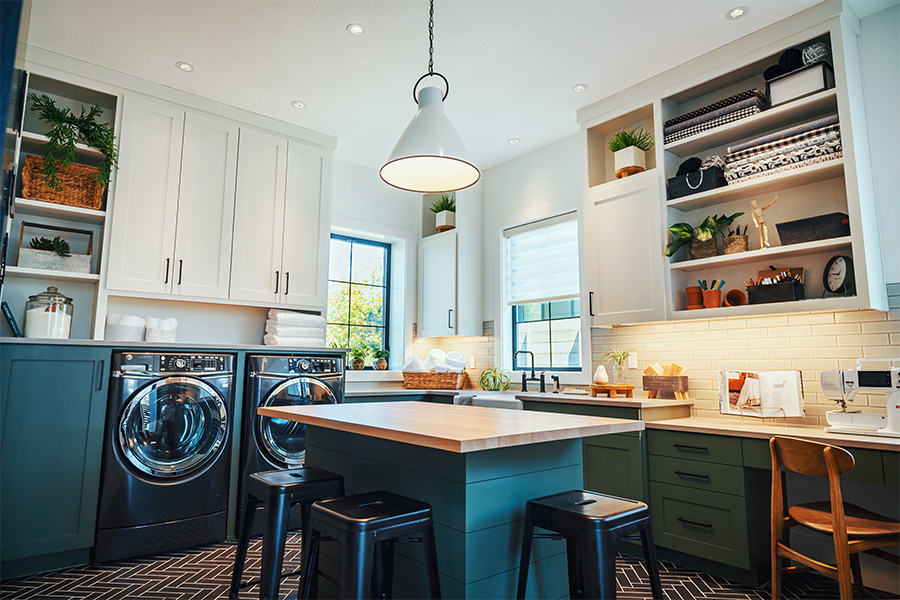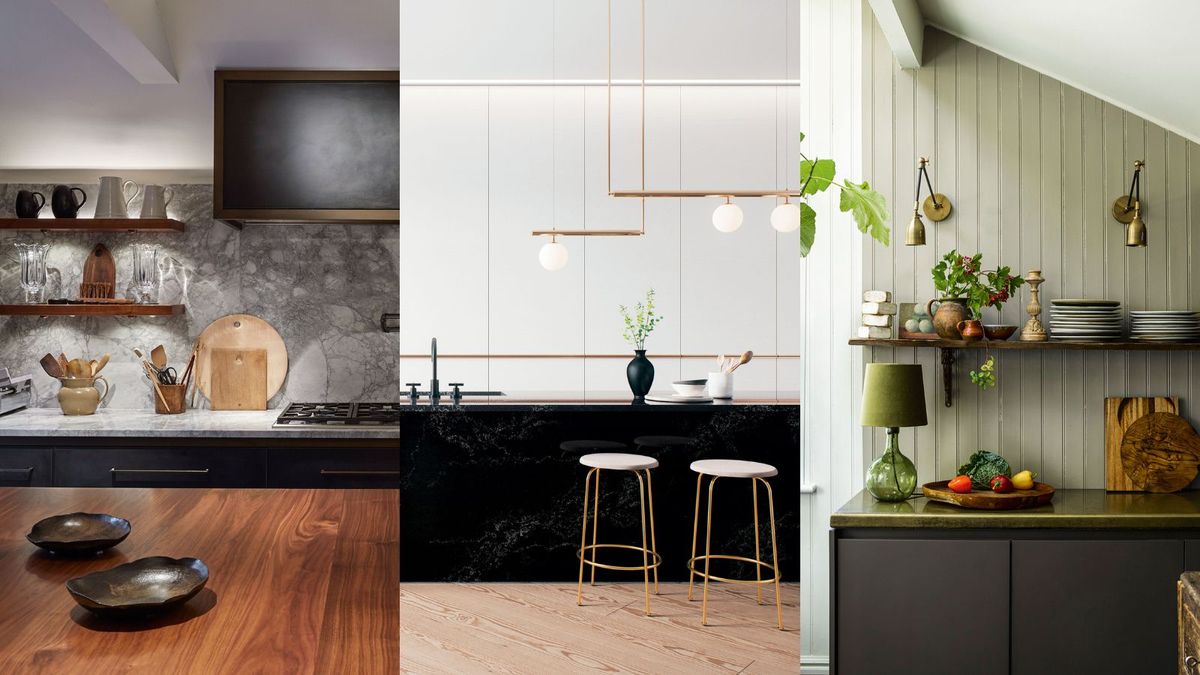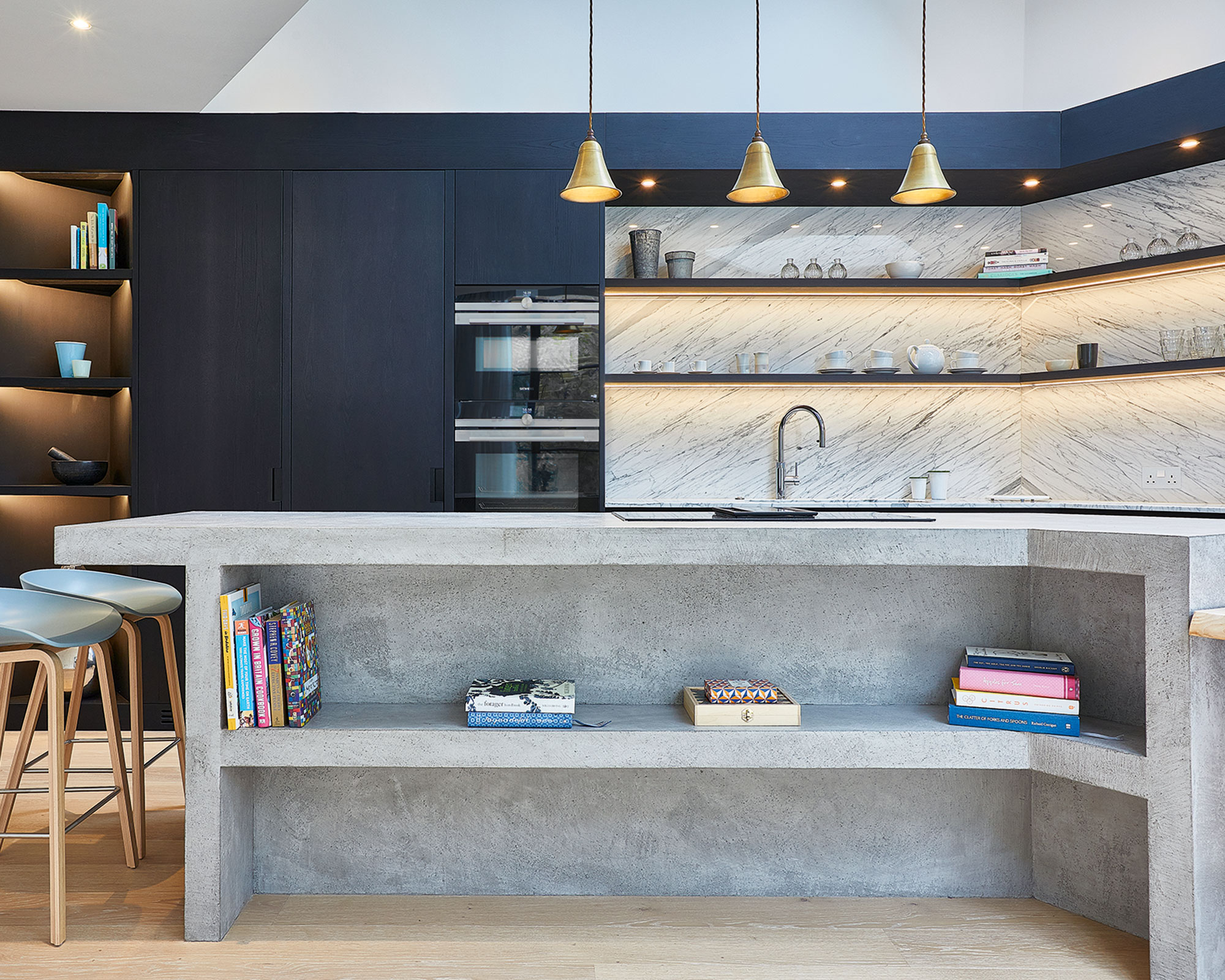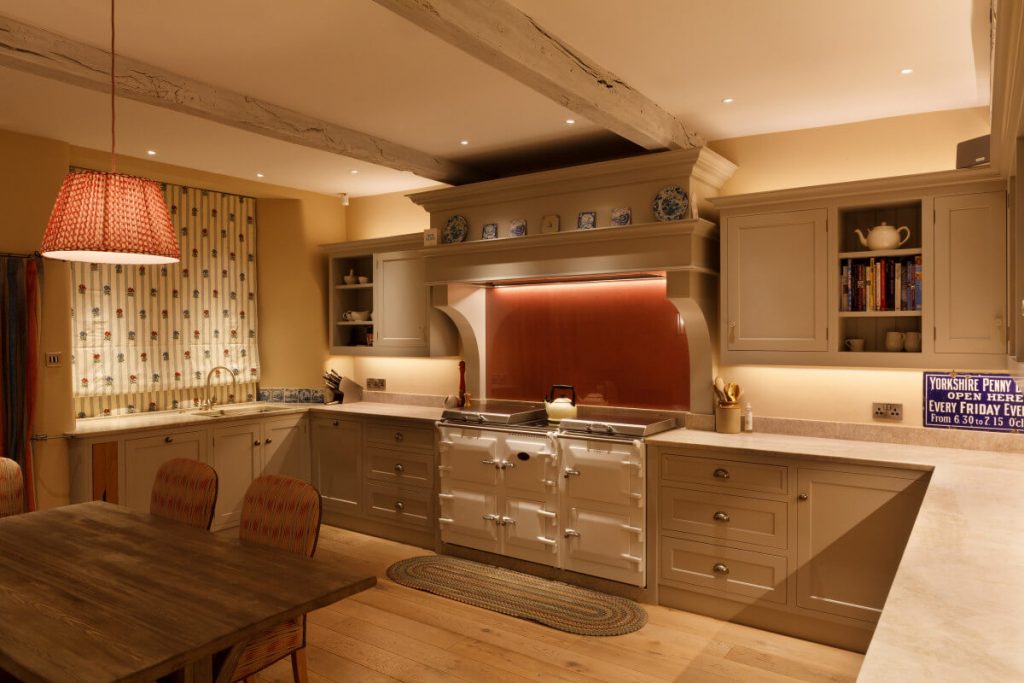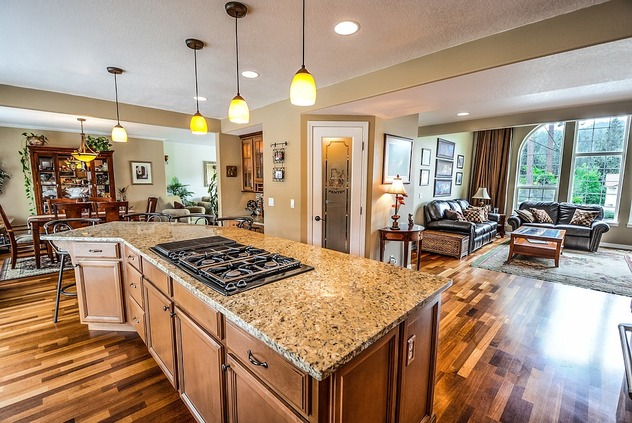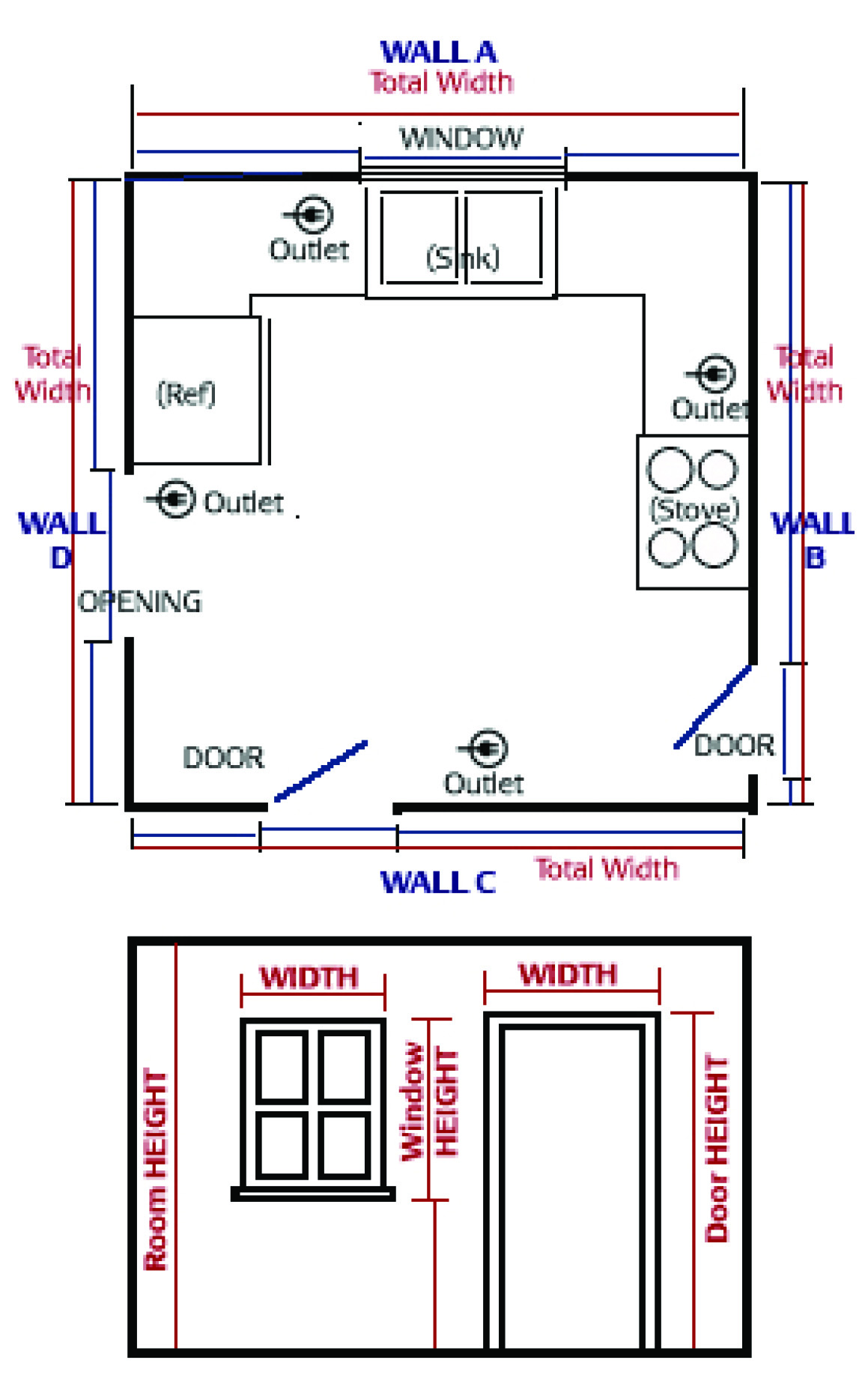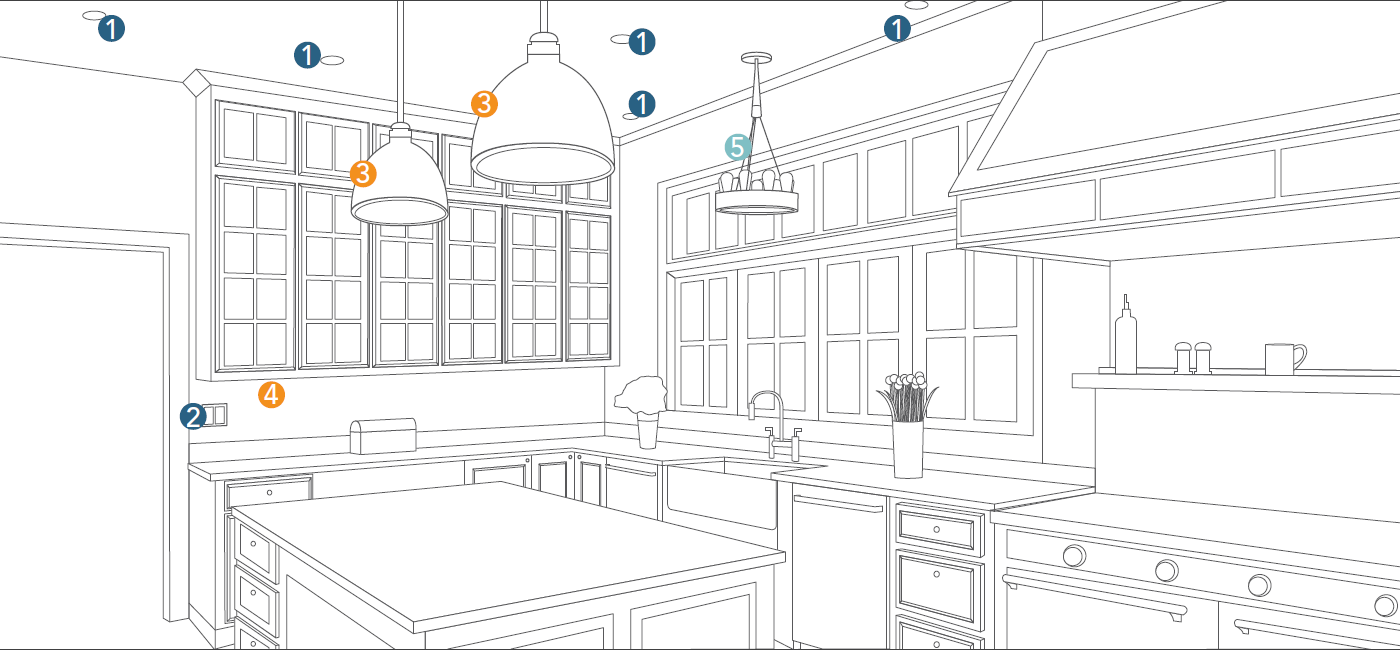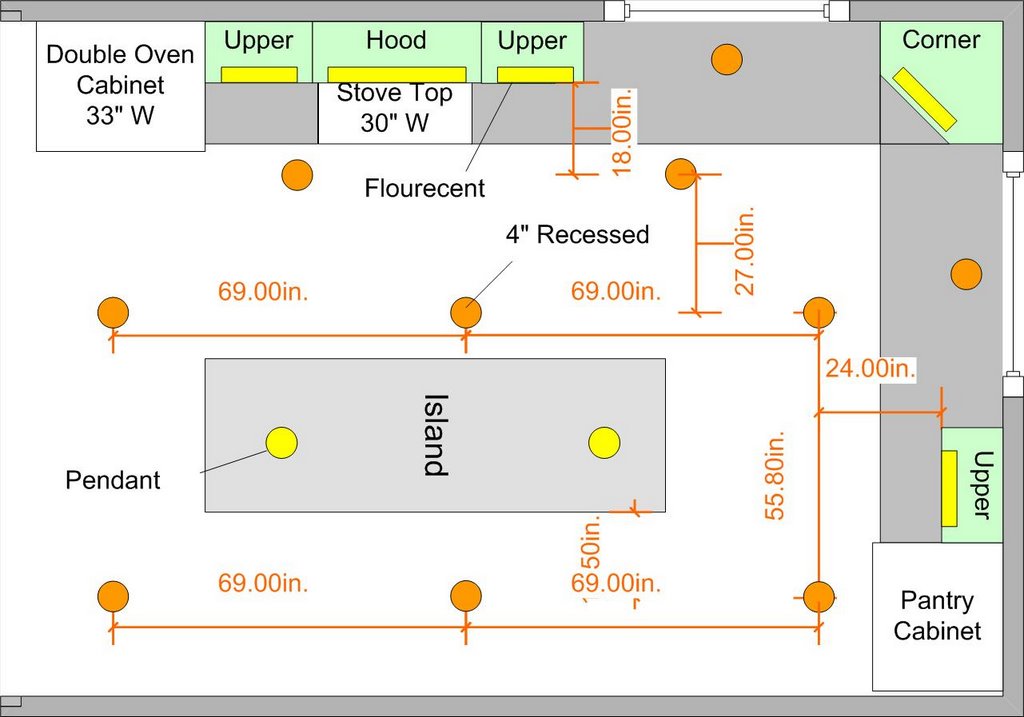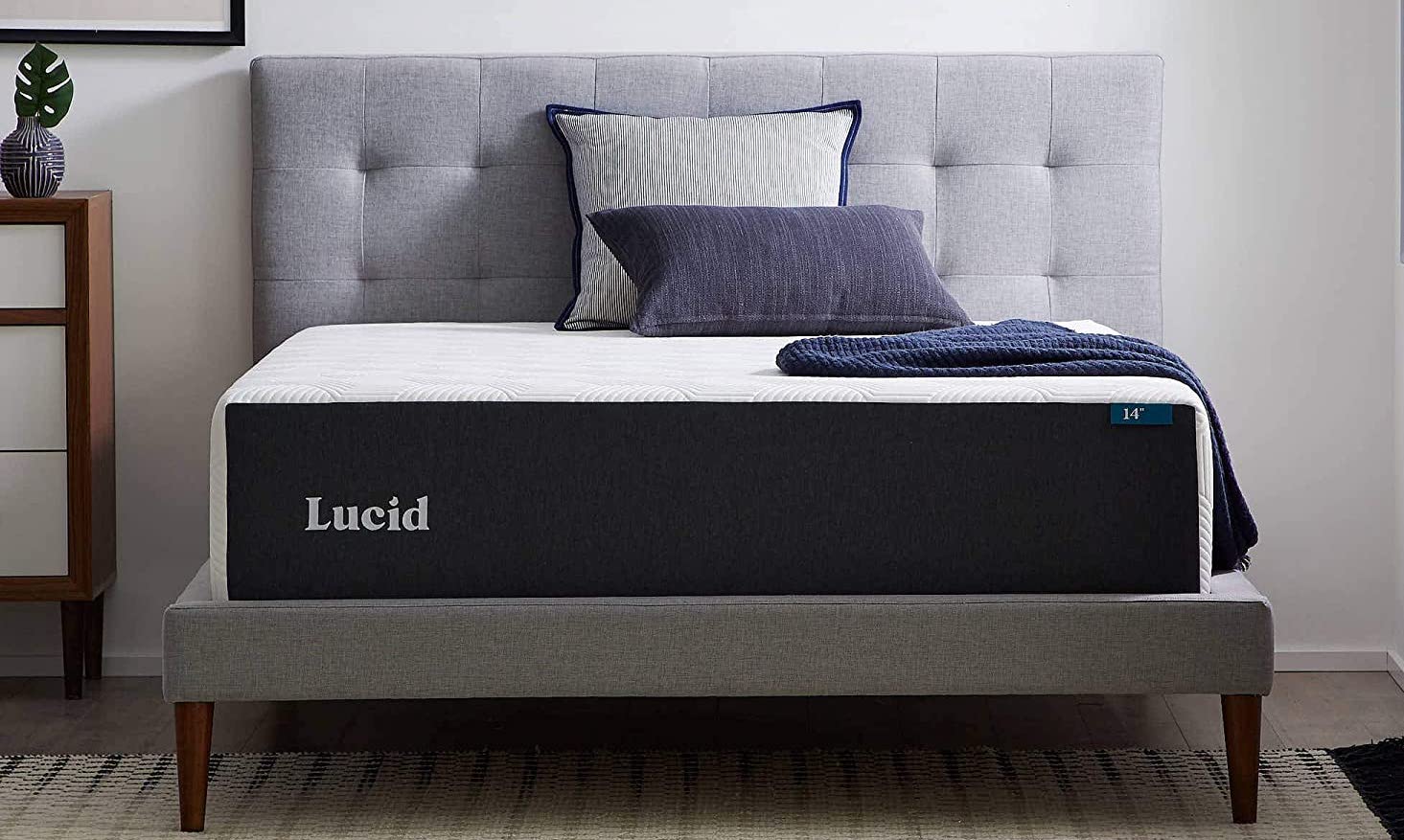Kitchen lighting is an essential aspect of any home. Not only does it provide necessary illumination for cooking and meal preparation, but it also sets the mood and adds a touch of style to the heart of your home. With so many options available, it can be overwhelming to choose the right lighting for your kitchen. That's why we've put together this comprehensive guide to help you make the best decision for your space. From types and styles to current trends and important considerations, we've got you covered.The Ultimate Guide to Kitchen Lighting: Types, Styles, and Trends
When it comes to choosing the best kitchen lighting, there are a few key factors to keep in mind. First, consider the overall design and style of your kitchen. Are you going for a modern, minimalist look or a more traditional, cozy feel? This will help guide your lighting choices. Next, think about the different types of lighting available and how they can be used to create a well-lit and functional space. Finally, consider your budget and any specific features or functions that are important to you. Keep these tips in mind as we delve into the top 10 kitchen lighting buying guide.How to Choose the Best Kitchen Lighting: A Buyer's Guide
1. Determine Your Lighting Needs: Before you start shopping for kitchen lighting, consider the different tasks that take place in your kitchen. Do you need bright, focused lighting for cooking and food prep, or do you also want ambient lighting for a cozy atmosphere? 2. Choose the Right Type of Lighting: There are three main types of kitchen lighting: ambient, task, and accent. Ambient lighting provides overall illumination, task lighting is used for specific tasks like cooking, and accent lighting adds drama and highlights specific areas. 3. Consider Your Kitchen Layout: The layout of your kitchen will also play a role in your lighting choices. If you have a large, open kitchen, you may need more lighting to cover the entire space. However, if you have a smaller, more compact kitchen, you may be able to get away with fewer lights. 4. Don't Forget About Dimmers: Adding dimmers to your kitchen lights is a great way to control the level of brightness and set the mood for different occasions. 5. Think About Color Temperature: The color temperature of lighting can greatly affect the overall look and feel of your kitchen. Warm white light (2700-3000K) creates a cozy atmosphere, while cool white (4000-5000K) is more energizing and modern. 6. Choose Energy-Efficient Options: LED lights are the most energy-efficient and cost-effective choice for kitchen lighting. They also last longer than traditional incandescent bulbs. 7. Mix and Match Lighting Types: To create a well-balanced and layered lighting scheme, consider mixing and matching different types of lighting. For example, combine recessed lights with pendant lights over the kitchen island. 8. Don't Forget Under-Cabinet Lighting: Under-cabinet lighting not only adds task lighting for cooking and food prep, but it also creates a beautiful ambiance in the kitchen. 9. Consider Style and Design: Your kitchen lighting should complement the overall style and design of your kitchen. For example, a modern kitchen may benefit from sleek and minimalist track lighting, while a farmhouse-style kitchen may look best with vintage-inspired pendant lights. 10. Stay Within Your Budget: Kitchen lighting can range from affordable to expensive, so it's important to set a budget and stick to it. Remember, there are plenty of stylish and functional options available at various price points.10 Tips for Buying the Perfect Kitchen Lighting
Now that you have some tips for choosing the right kitchen lighting, let's dive into the specifics of different types and styles of lighting.Kitchen Lighting Buying Guide: How to Light Up Your Space
Before we get into the different types and styles of kitchen lighting, here are a few dos and don'ts to keep in mind. Do: - Consider a mix of lighting types for a well-balanced and functional kitchen. - Think about color temperature and its impact on the overall look and feel of your kitchen. - Choose energy-efficient options like LED lights. - Incorporate under-cabinet lighting for both task lighting and ambiance. Don't: - Neglect the layout of your kitchen when choosing lighting. - Forget about dimmers, which can greatly enhance your lighting scheme. - Disregard style and design in favor of functionality.The Dos and Don'ts of Buying Kitchen Lighting
Let's take a closer look at the different types of kitchen lighting and how they can be used to create the perfect lighting scheme for your space.A Comprehensive Guide to Kitchen Lighting: From Task to Ambient
1. Not considering the overall style and design of your kitchen when choosing lighting. 2. Choosing lighting that is too bright or too dim for the space. 3. Neglecting to incorporate different types of lighting for a well-balanced scheme. 4. Skipping under-cabinet lighting, which can greatly enhance the look and functionality of your kitchen. 5. Forgetting to install dimmers to control the level of brightness. 6. Not taking into account the layout of your kitchen when choosing lighting. 7. Choosing lighting fixtures that are too small or too large for the space. 8. Not considering the color temperature of lights and its impact on the overall look and feel of your kitchen. 9. Opting for style over functionality or vice versa. 10. Going over budget and neglecting to set a budget before shopping for kitchen lighting.Top 10 Kitchen Lighting Mistakes to Avoid
Before you start purchasing lighting fixtures, it's important to measure your kitchen and plan out where you want your lights to go. Here are a few steps to follow: 1. Measure the length and width of your kitchen to determine the square footage. 2. Decide on the type of lighting you need for each area, such as ambient, task, or accent lighting. 3. Use the square footage to determine how many lights you will need for each type of lighting. 4. Measure the height of your kitchen ceiling to determine the length of pendant lights or the placement of recessed lights. 5. Consider the placement of existing light switches and outlets when planning for new lighting.How to Measure and Plan for Kitchen Lighting
Last but certainly not least, let's talk about budget. Kitchen lighting can range from affordable to expensive, so it's important to determine your budget before starting your search. Here are a few tips for finding the best kitchen lighting for your budget: - Shop around and compare prices from different retailers. - Look for sales or discounts on lighting fixtures. - Consider purchasing energy-efficient LED lights, which may have a higher upfront cost but will save you money in the long run. - Don't be afraid to mix and match different types of lighting to achieve the look and functionality you want.The Best Kitchen Lighting for Your Budget: A Guide
How to Choose the Perfect Kitchen Lighting for Your Home
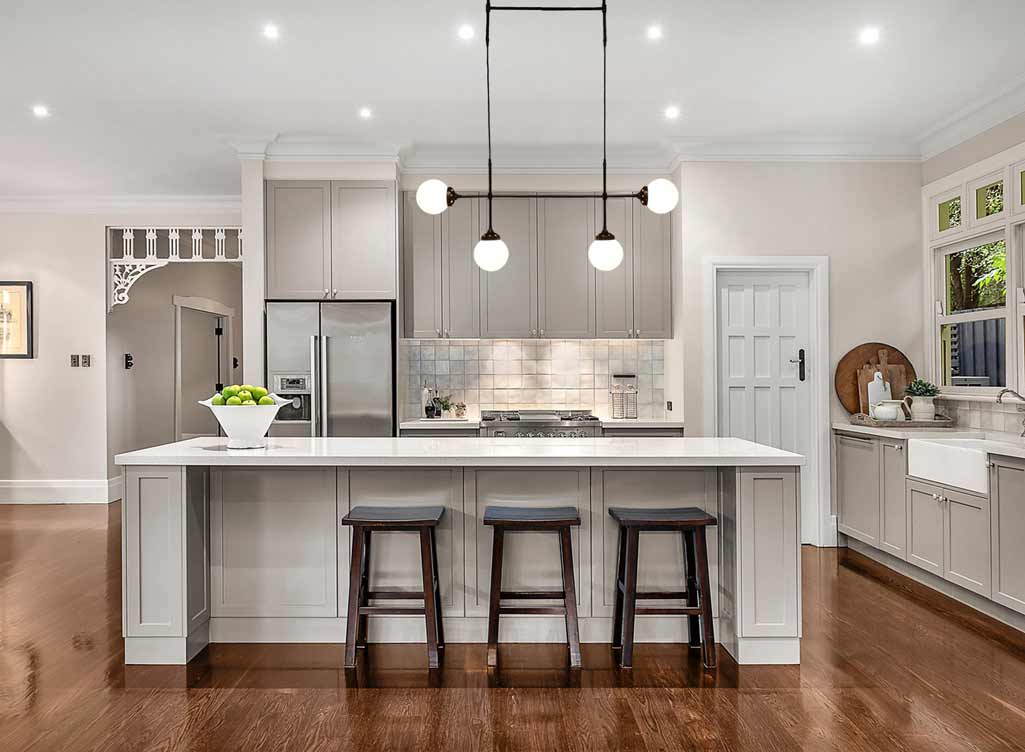
Understanding the Importance of Kitchen Lighting
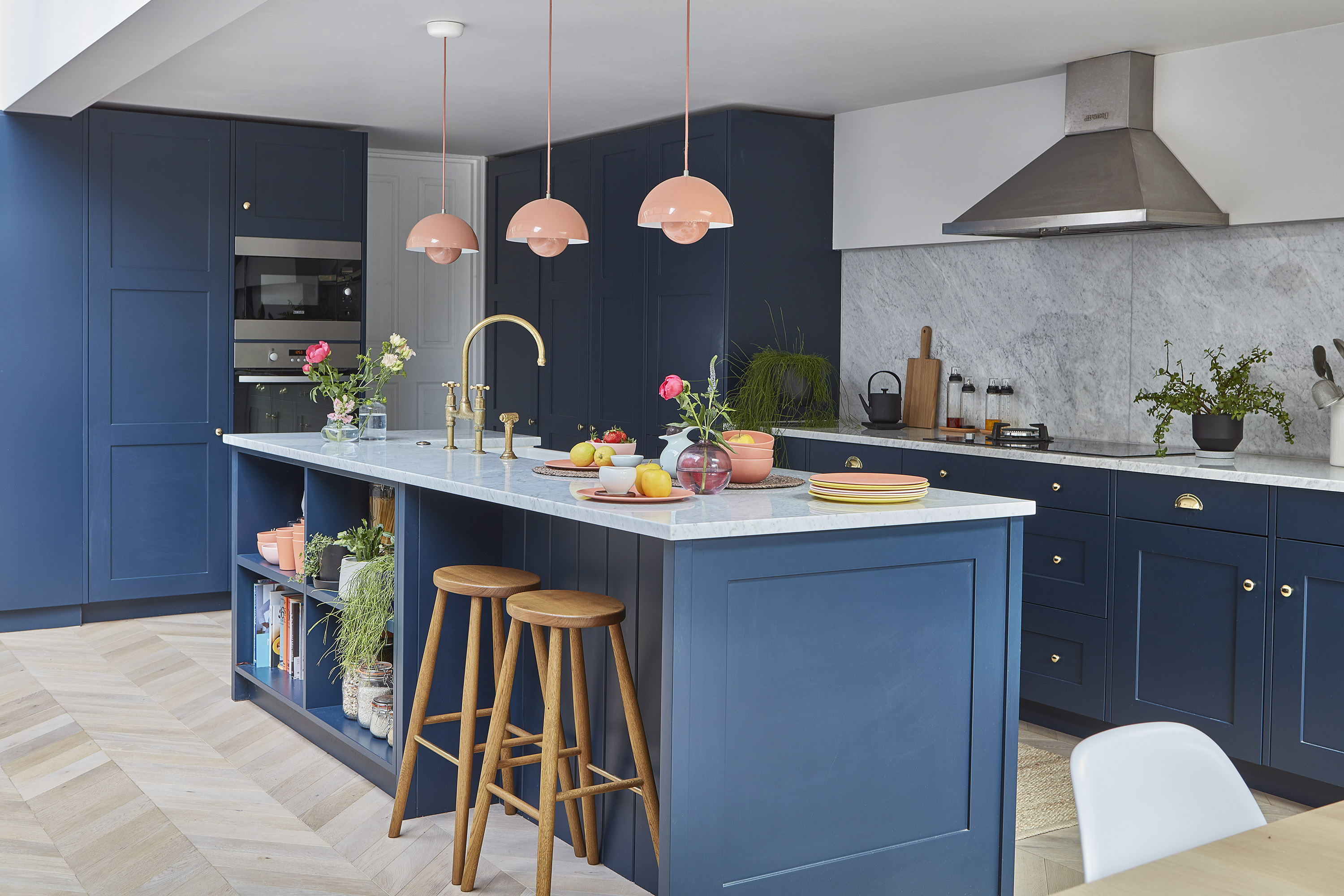 When it comes to designing a house, one of the most important areas to focus on is the kitchen. Not only is it a functional space for cooking and preparing meals, but it is also a place for gathering and entertaining guests. With the right lighting, your kitchen can become a warm and inviting space for both practical use and aesthetic appeal.
Kitchen lighting
plays a crucial role in creating the right atmosphere and enhancing the overall design of your home. Therefore, it is essential to carefully consider your options when choosing the perfect lighting for your kitchen.
When it comes to designing a house, one of the most important areas to focus on is the kitchen. Not only is it a functional space for cooking and preparing meals, but it is also a place for gathering and entertaining guests. With the right lighting, your kitchen can become a warm and inviting space for both practical use and aesthetic appeal.
Kitchen lighting
plays a crucial role in creating the right atmosphere and enhancing the overall design of your home. Therefore, it is essential to carefully consider your options when choosing the perfect lighting for your kitchen.
Finding the Right Type of Lighting
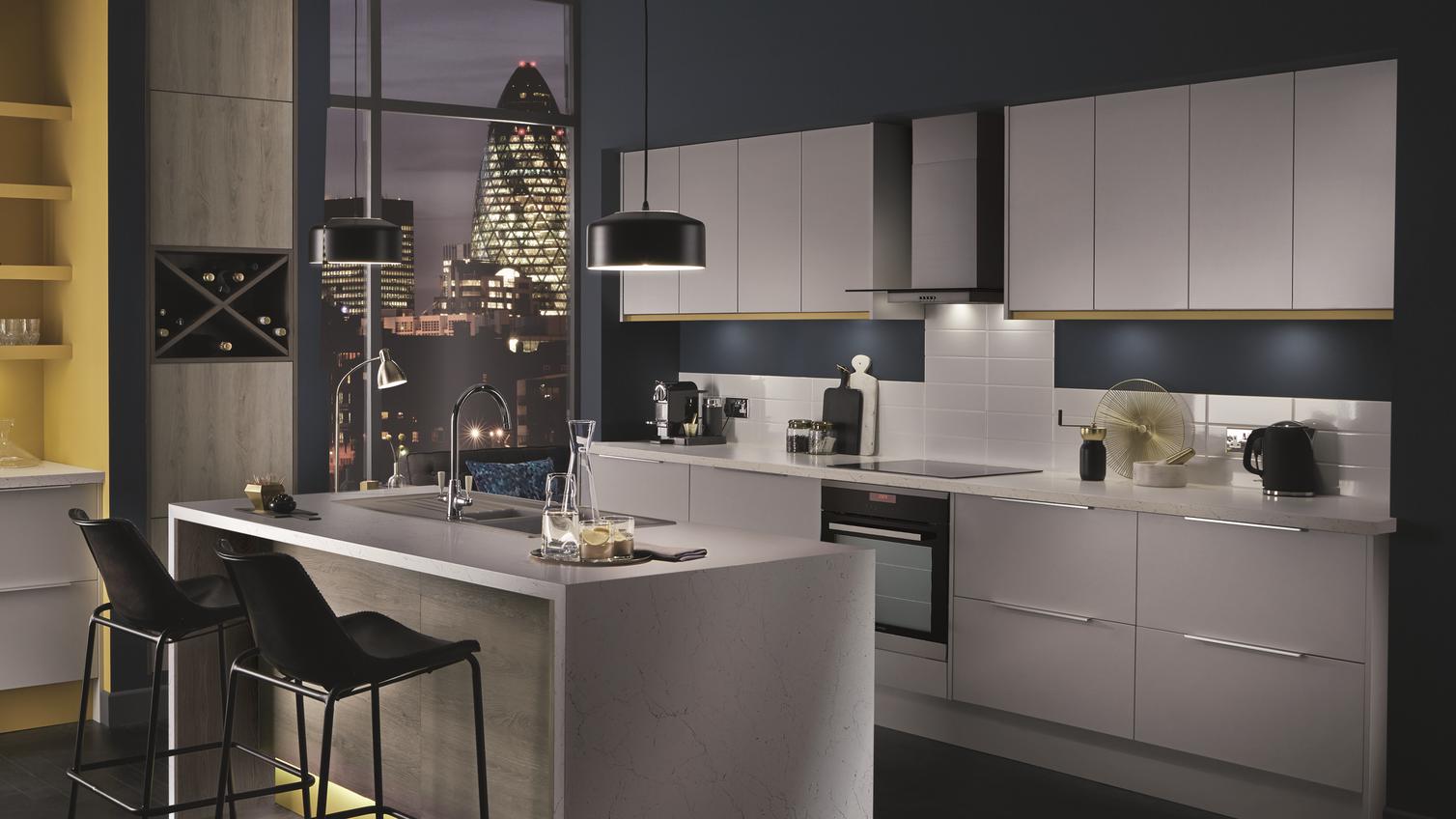 There are various types of lighting to consider when designing your kitchen.
Recessed lighting
is a popular choice for many homeowners as it provides a clean and modern look. This type of lighting is installed into the ceiling and directs light downwards, creating a well-lit and functional space. Another option is
pendant lighting
, which can add a touch of elegance and style to your kitchen. These hanging lights come in a variety of designs and can be placed over kitchen islands or dining tables.
Under cabinet lighting
is also a useful addition to consider, as it provides task lighting for food preparation and adds a warm glow to your kitchen.
There are various types of lighting to consider when designing your kitchen.
Recessed lighting
is a popular choice for many homeowners as it provides a clean and modern look. This type of lighting is installed into the ceiling and directs light downwards, creating a well-lit and functional space. Another option is
pendant lighting
, which can add a touch of elegance and style to your kitchen. These hanging lights come in a variety of designs and can be placed over kitchen islands or dining tables.
Under cabinet lighting
is also a useful addition to consider, as it provides task lighting for food preparation and adds a warm glow to your kitchen.
Choosing the Right Bulbs
 When it comes to
kitchen lighting
, the type of bulbs you choose is just as important as the fixtures themselves. LED bulbs are a popular and energy-efficient option, providing bright and long-lasting light. Halogen bulbs are also a good choice for task lighting, as they produce a crisp and clear light that is ideal for food preparation. Another factor to consider is the color temperature of the bulbs.
Warm white
bulbs are often preferred for kitchens as they create a cozy and inviting atmosphere, while
cool white
bulbs are better suited for a bright and modern look.
When it comes to
kitchen lighting
, the type of bulbs you choose is just as important as the fixtures themselves. LED bulbs are a popular and energy-efficient option, providing bright and long-lasting light. Halogen bulbs are also a good choice for task lighting, as they produce a crisp and clear light that is ideal for food preparation. Another factor to consider is the color temperature of the bulbs.
Warm white
bulbs are often preferred for kitchens as they create a cozy and inviting atmosphere, while
cool white
bulbs are better suited for a bright and modern look.
Creating a Layered Lighting Design
 To achieve the perfect balance of functionality and ambiance in your kitchen, it is essential to incorporate a layered lighting design. This means combining different types of lighting, such as ambient, task, and accent lighting, to create a well-lit and visually appealing space. Ambient lighting provides overall illumination for the room, while task lighting focuses on specific areas for practical use. Accent lighting can be used to highlight certain features or décor in your kitchen, adding depth and character to the space.
In conclusion,
kitchen lighting
is a crucial element in creating a well-designed and functional home. With the right type of lighting, bulbs, and design, you can transform your kitchen into a beautiful and inviting space for both cooking and entertaining. Consider your options carefully and don't be afraid to mix and match different types of lighting to achieve the perfect balance for your kitchen. With these tips in mind, you can confidently choose the perfect kitchen lighting for your home.
To achieve the perfect balance of functionality and ambiance in your kitchen, it is essential to incorporate a layered lighting design. This means combining different types of lighting, such as ambient, task, and accent lighting, to create a well-lit and visually appealing space. Ambient lighting provides overall illumination for the room, while task lighting focuses on specific areas for practical use. Accent lighting can be used to highlight certain features or décor in your kitchen, adding depth and character to the space.
In conclusion,
kitchen lighting
is a crucial element in creating a well-designed and functional home. With the right type of lighting, bulbs, and design, you can transform your kitchen into a beautiful and inviting space for both cooking and entertaining. Consider your options carefully and don't be afraid to mix and match different types of lighting to achieve the perfect balance for your kitchen. With these tips in mind, you can confidently choose the perfect kitchen lighting for your home.



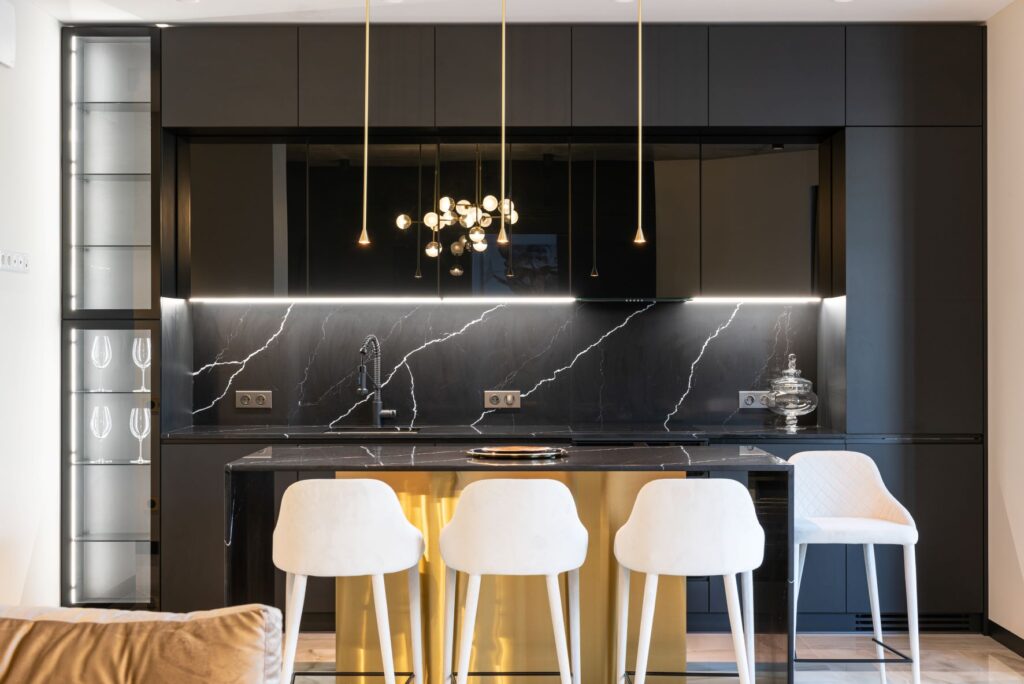

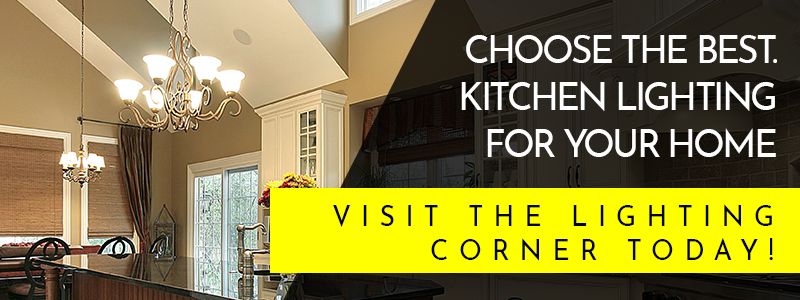

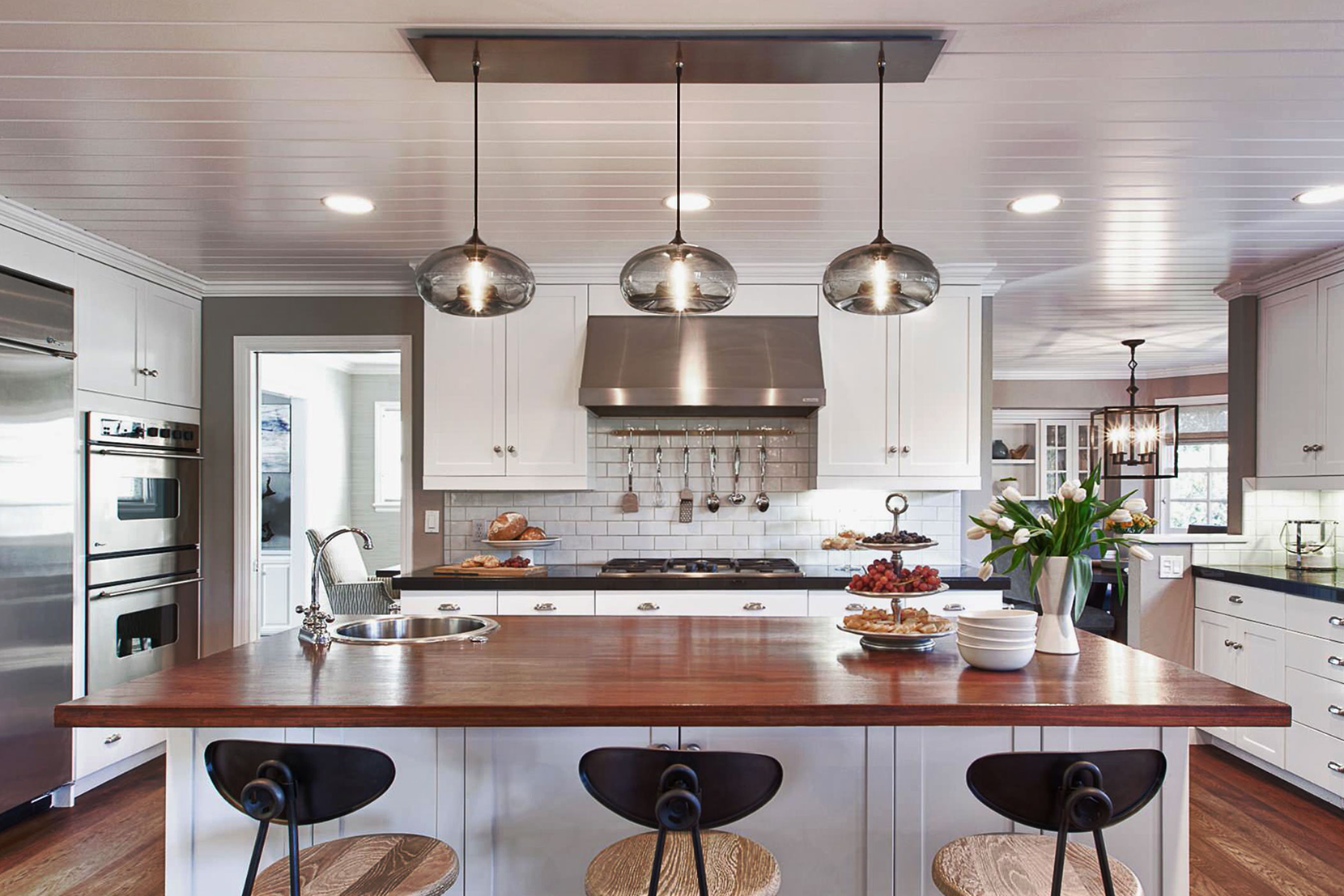
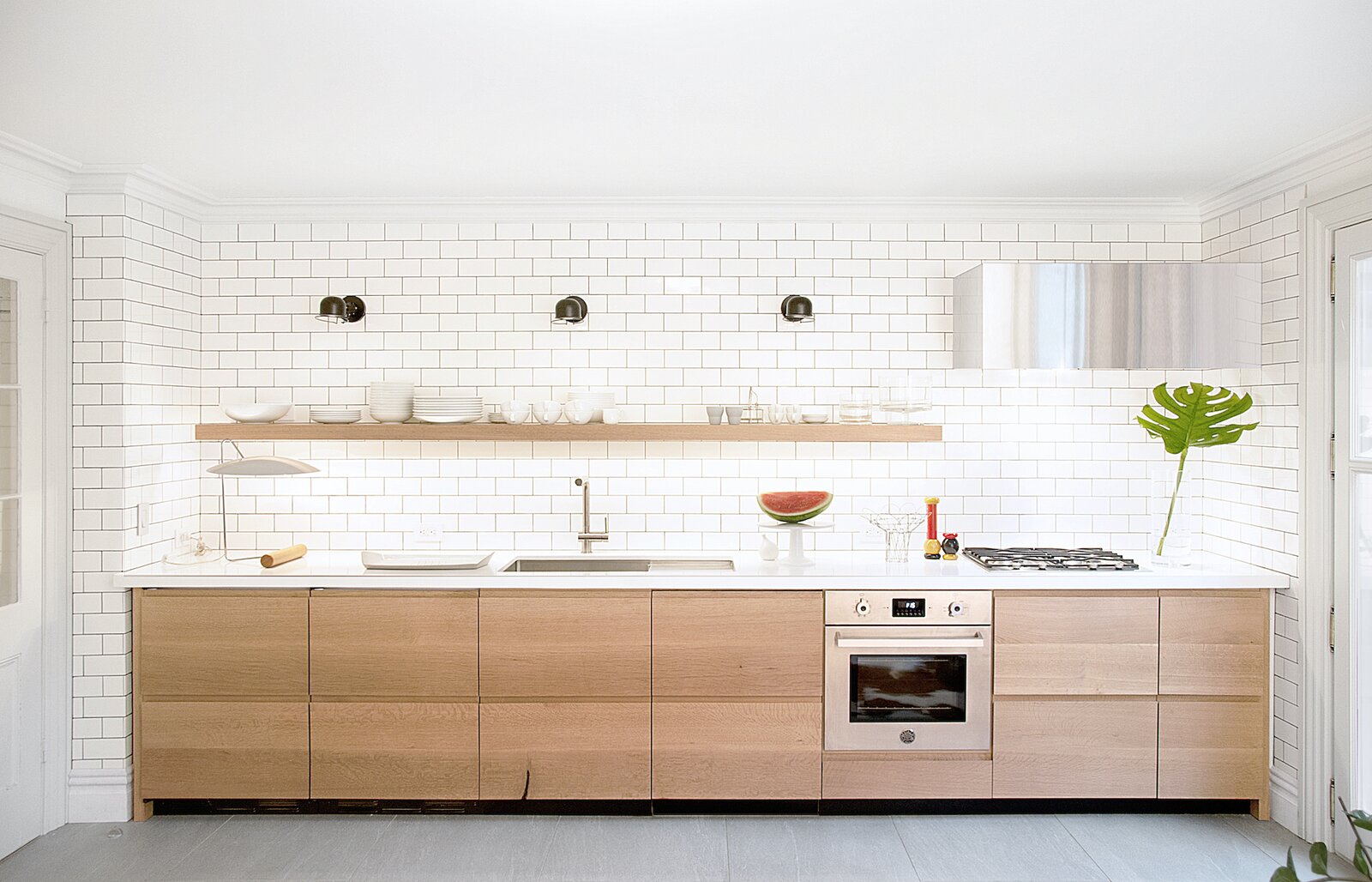








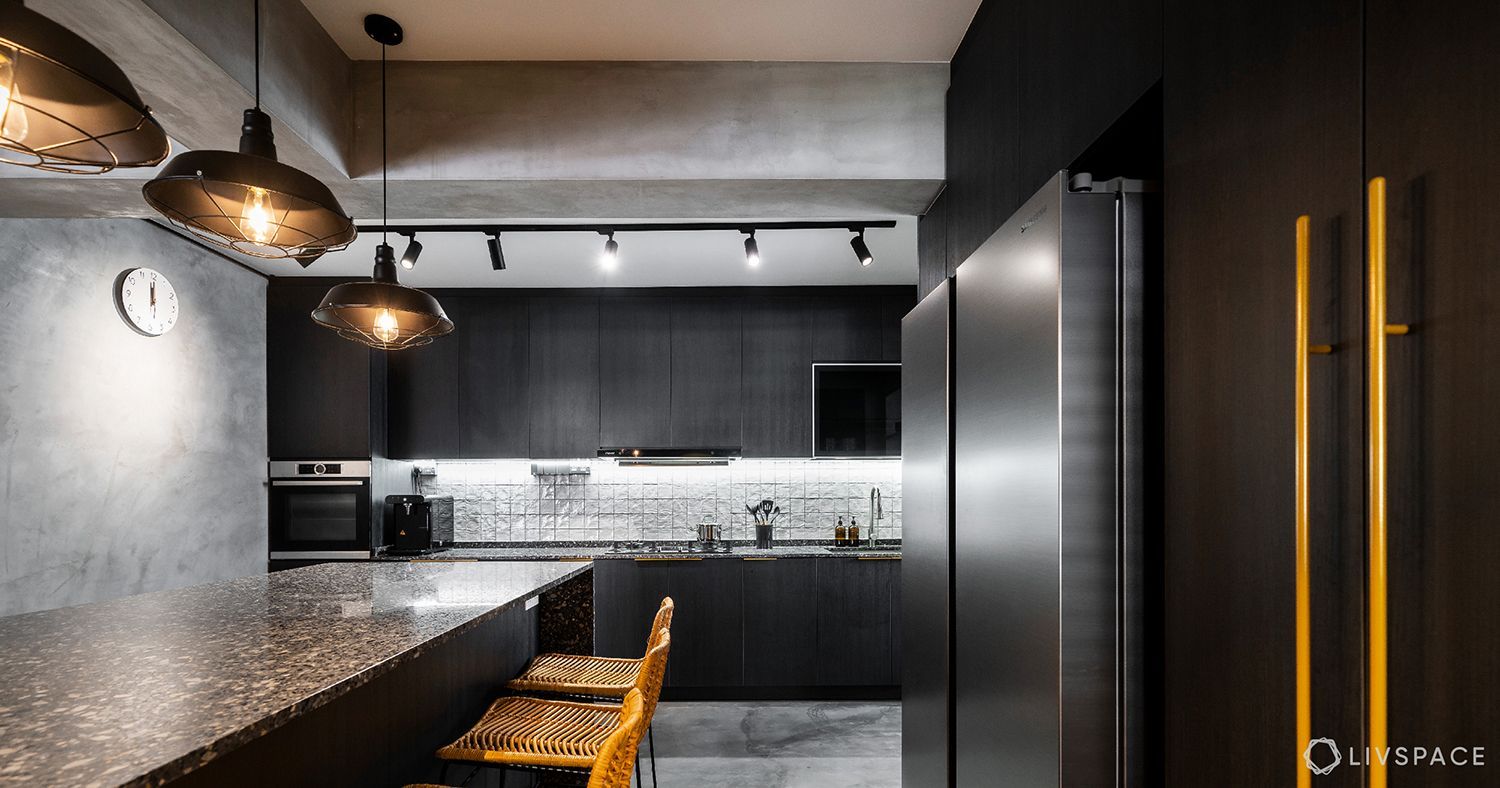



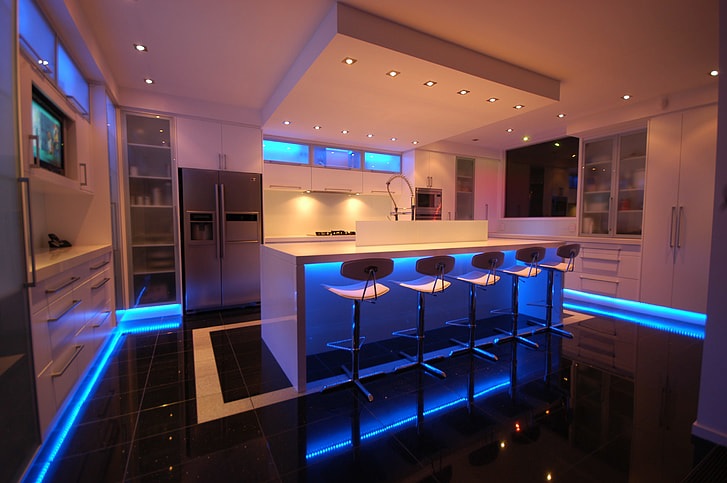



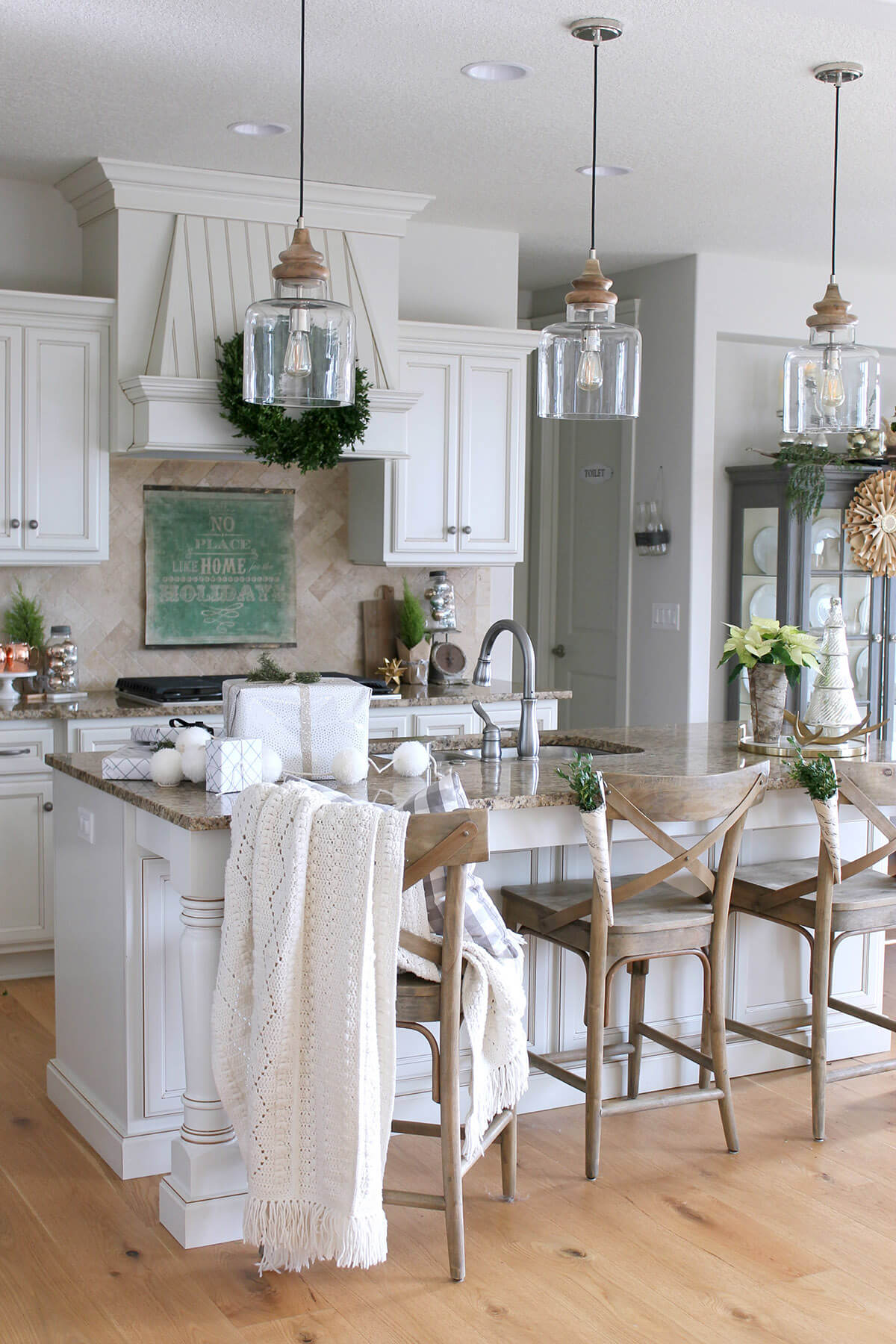

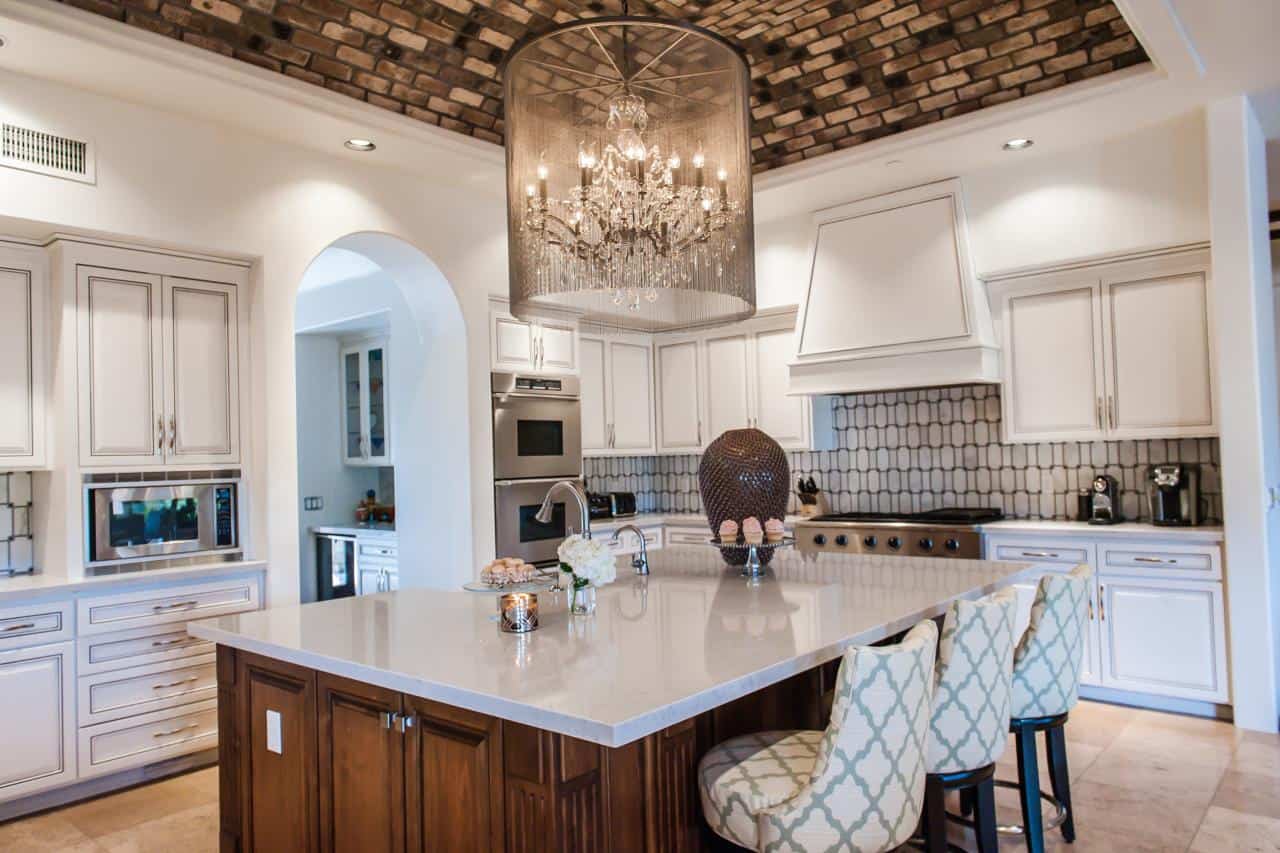


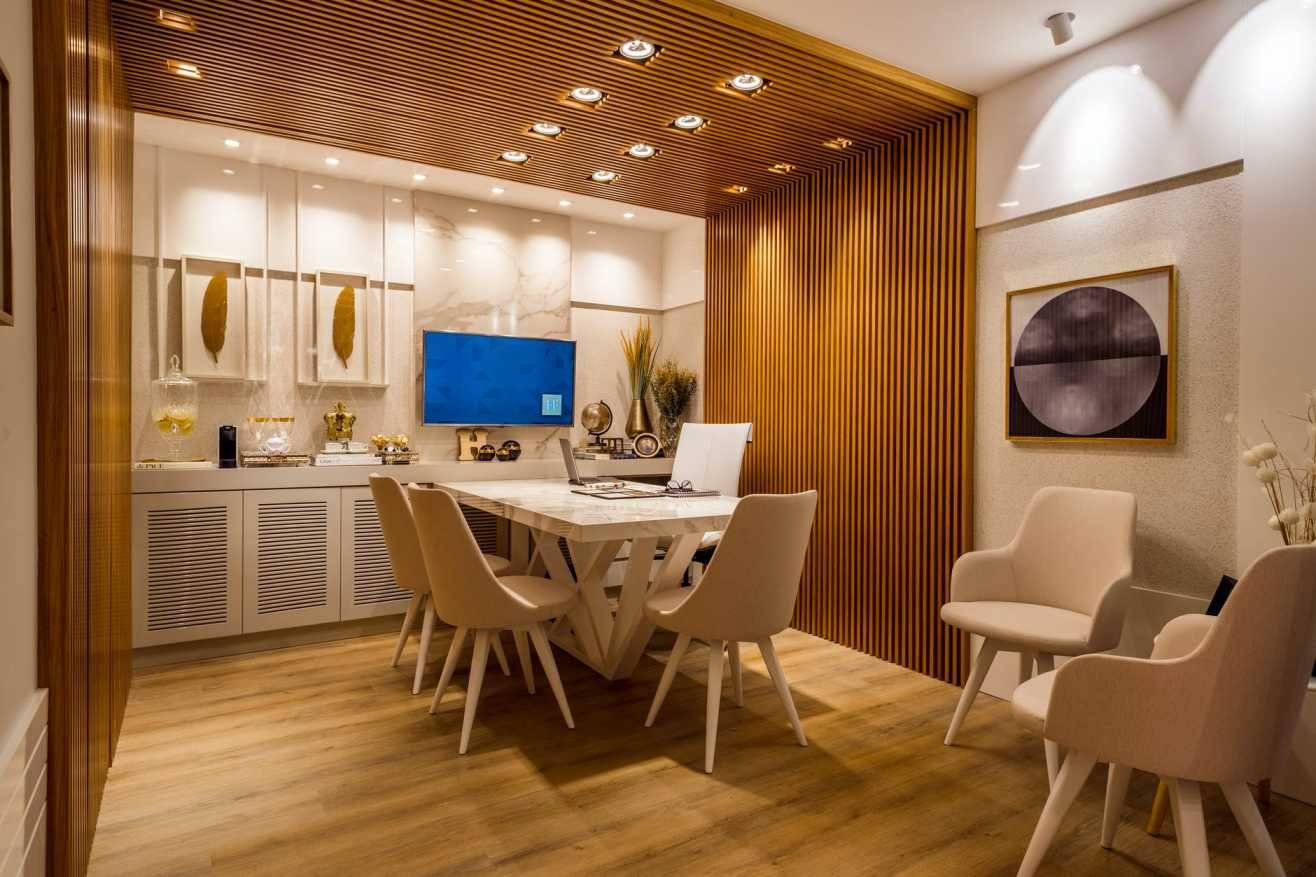


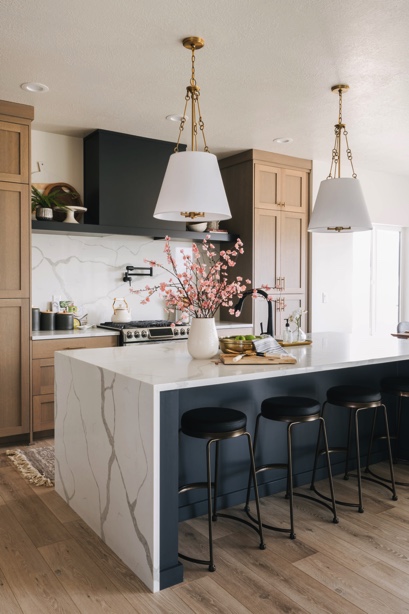
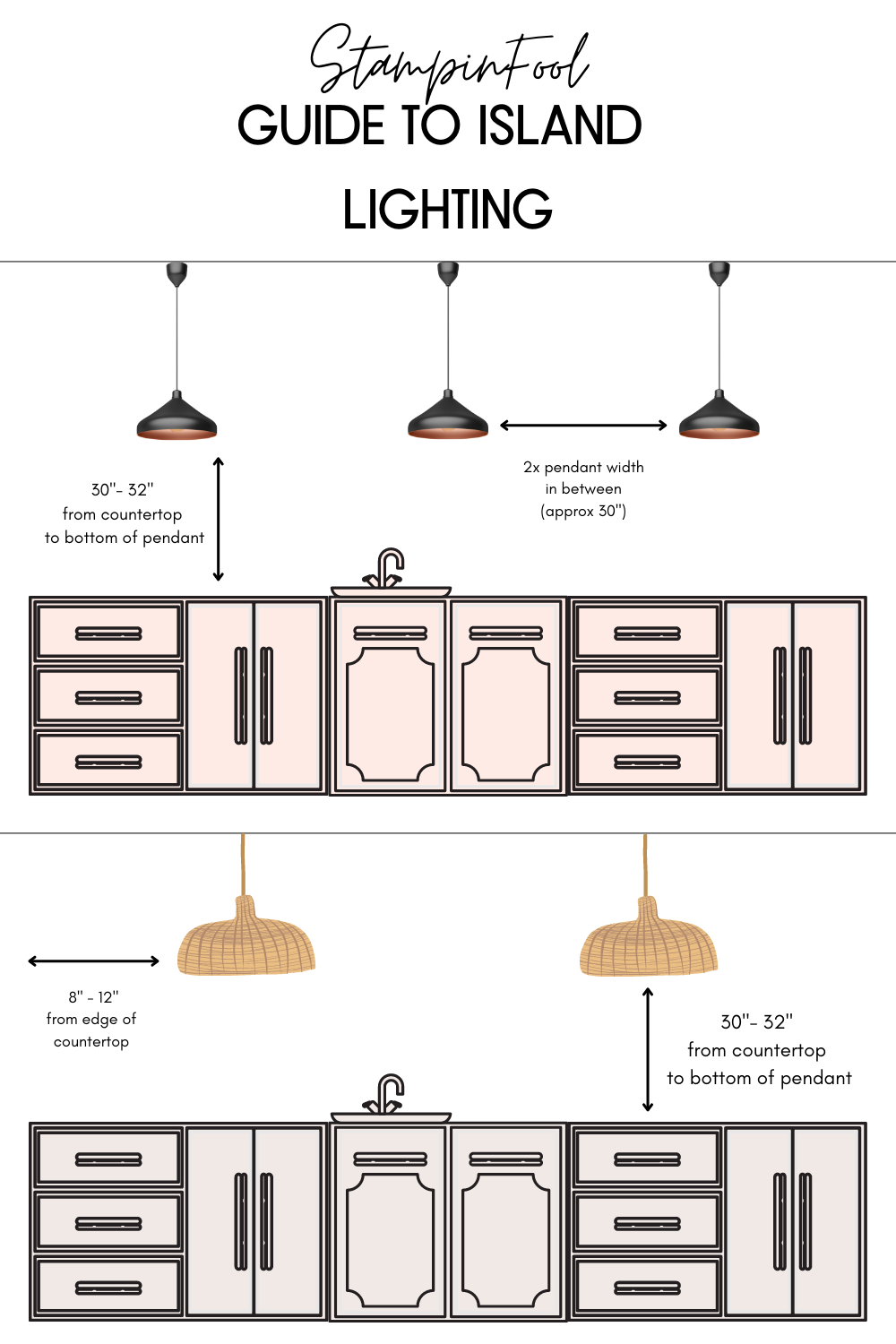


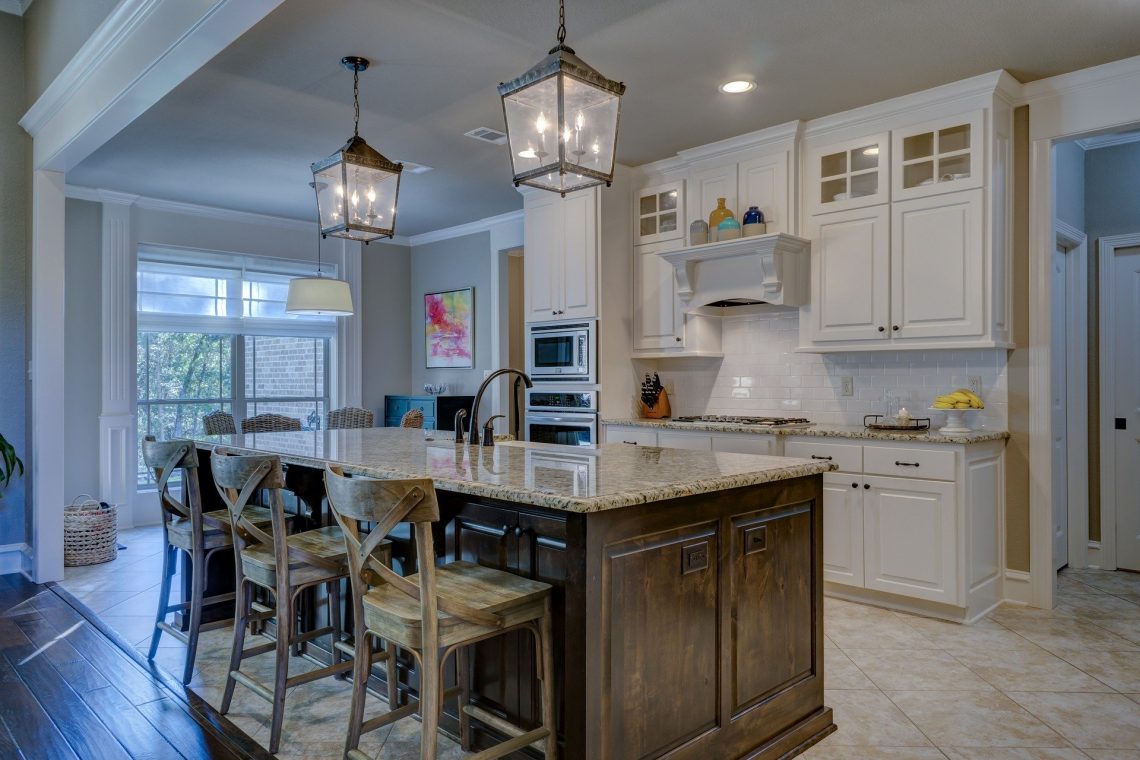
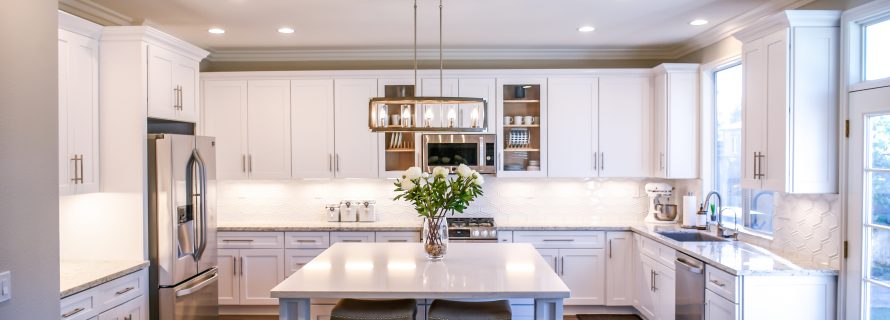



:max_bytes(150000):strip_icc()/DSC_0268-3b917e92940e4869859fa29983d2063c.jpeg)


